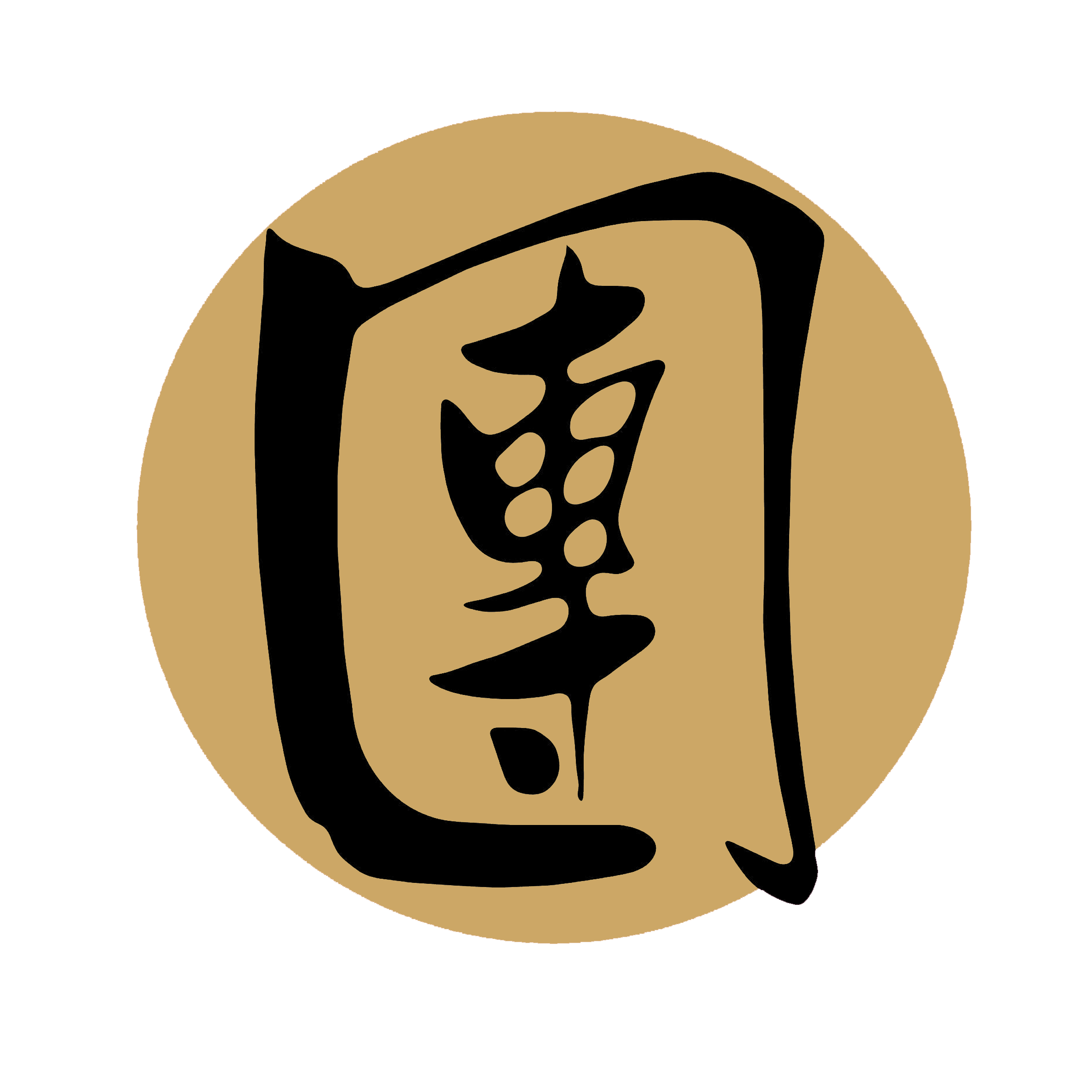29. Fun-sau: Choy Li Fut Kung Fu Technique
Fun-sau, also known as Separate Hands, is a fundamental technique in the practice of Chinese martial arts. It is a versatile maneuver that focuses on wrist release and controlling an opponent's arms, allowing for effective close-quarters combat and self-defense. In this article, we will explore the origins, execution, and applications of Fun-sau in martial arts practice.
Origins and Characteristics:
Fun-sau has its roots in various Chinese martial arts styles, including Wing Chun, Hung Gar, and Choy Li Fut. It is a technique that emphasizes wrist control and the ability to break free from an opponent's grip. The term "Fun-sau" translates to "Separate Hands," highlighting the technique's objective of separating the opponent's arms to create opportunities for counter-attacks.
Execution and Technique:
To execute Fun-sau, the practitioner starts with a relaxed and focused stance, maintaining a solid foundation. As the opponent attempts to grab or strike, the practitioner uses one or both hands to deflect and control the incoming attack. By redirecting the opponent's force and manipulating their arms, the practitioner gains the advantage and can launch a counter-attack or escape.
The technique involves using circular and spiraling motions to neutralize the opponent's strength and redirect it away. By employing precise timing and sensitivity, the practitioner can disrupt the opponent's balance and control their arms, rendering their attack ineffective. Fun-sau requires a combination of speed, coordination, and sensitivity to successfully execute.
Applications and Adaptability:
Fun-sau can be applied in a variety of combat scenarios. Its primary purpose is to release an opponent's grip and regain control of the situation. In close-quarters combat, it can be used to neutralize an opponent's grabbing attempts, strikes, or clinches. By deflecting and manipulating the opponent's arms, the practitioner can create openings for strikes, joint locks, or throws.
Additionally, Fun-sau is valuable in self-defense situations where an assailant grabs or holds the practitioner. By utilizing the techniques and principles of Fun-sau, the practitioner can break free from the grip, disable the assailant, and create an opportunity to escape to safety.
Training and Development:
Training in Fun-sau involves both solo and partner drills. Solo practice focuses on developing the fundamental techniques, hand coordination, and wrist flexibility. Practitioners perform repetitive movements to condition their muscles and improve their timing and precision. Partner drills are essential for developing the application of Fun-sau in realistic combat situations. Practitioners practice responding to various attacks, such as grabs, strikes, and holds, using Fun-sau techniques to neutralize and counter them effectively. Through consistent training, practitioners enhance their sensitivity, reflexes, and adaptability in real-time combat scenarios.
Conclusion:
Fun-sau, the Separate Hands technique, is a valuable skill in Chinese martial arts. Its emphasis on wrist control, deflection, and redirection provides practitioners with a powerful tool for close-quarters combat and self-defense. By mastering Fun-sau, martial artists can effectively neutralize an opponent's attack, regain control of the situation, and create opportunities for counter-attacks or escapes. Through dedicated training and practice, practitioners can develop their skills, reflexes, and overall martial arts proficiency, embodying the essence of Chinese martial arts.

